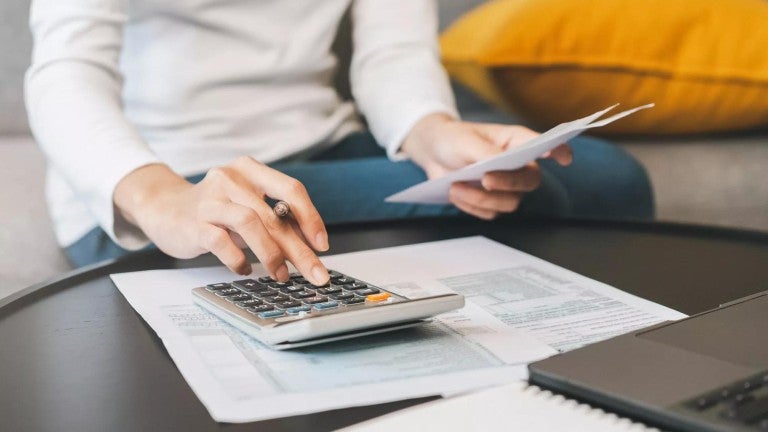Use these five steps to build up emergency savings over time and help protect you and your financial goals when unexpected expenses happen.

Has life ever thrown you a financial curveball—an unexpected medical expense or car repair, even a job loss—that you didn’t have emergency savings to cover?
If so, you’re not alone: Nearly 30% of people don’t have an emergency fund. And only 41% of Americans feel comfortable with the amount of emergency savings they have.
Whether you need to start an emergency fund or would like your existing savings to be a little more robust, these five steps can help.
Step 1: Calculate how much your emergency fund should be.
It’s easy to get overwhelmed by recommendations for emergency funds: three to six months of your expenses—and more if you are self-employed. Whatever total is right for you, it may feel unreachable right now.
So, instead of focusing on the end goal, try setting a mini goal. How long would it take you to save $100? How about $1,000?
The important thing is to get started, then consistently add to your emergency fund. Eventually, you can decide how many months of cushion is right for you—and set a date that’s doable to reach it.
“Having emergency savings protects your future self from having to take on debt at inopportune times,” says Heather Winston, financial professional and head of product strategy for Individual Solutions. “So save as much as you can for as long as you can.”
Step 2: Choose an account for your emergency savings.
Because those savings are designed to be readily available, an account that’s liquid and accessible offers a useful spot for your emergency fund.
You may want to put some constraints on it, though; for example, online but not ATM accessible. A high yield savings account with minimum balance requirements may be a good fit, too.
Step 3: Pick how you want to start an emergency fund.
Two options can help you build up an emergency fund over time, and boost it in big jumps, too.
- Automate it. Have regular emergency fund contributions directly deposited from each paycheck into a savings account. If you set aside $25 a week, at the end of a year you could have $1,300 saved.
- Transfer it. Use money from a bonus or tax refund to build your total emergency fund amount faster. Another idea: If you have extra from your budget at the end of a month, you could add that, too.
Step 4: Set some rules for using your emergency savings.
“Emergency” varies by person, but generally could include expenses that are unexpected, unavoidable, or urgent. For example:
- Unexpected: You’ve lost your job and need to pay the bills.
- Unavoidable: It costs more to fix your broken refrigerator than to buy a new one.
- Urgent: Your dental bill isn’t covered by insurance.
One big question that many people have: Should you use emergency funds or put a bill on a credit card or rely on a loan? Consider that if you do the latter—credit card or loan—you’re adding to debt, and will likely have to pay interest, fees, and perhaps even penalties.
Step 5: If you use some of your emergency savings, make a plan to replace it.
The tools you used to set up your emergency fund—automating deposits, adding extra savings when you can—can help you build that account back up.
What’s next?
If you’ve made saving in your retirement account a habit, consider applying that same habit to starting an emergency fund. How much are you saving for the long term? Log in to principal.com to check your savings rate.


